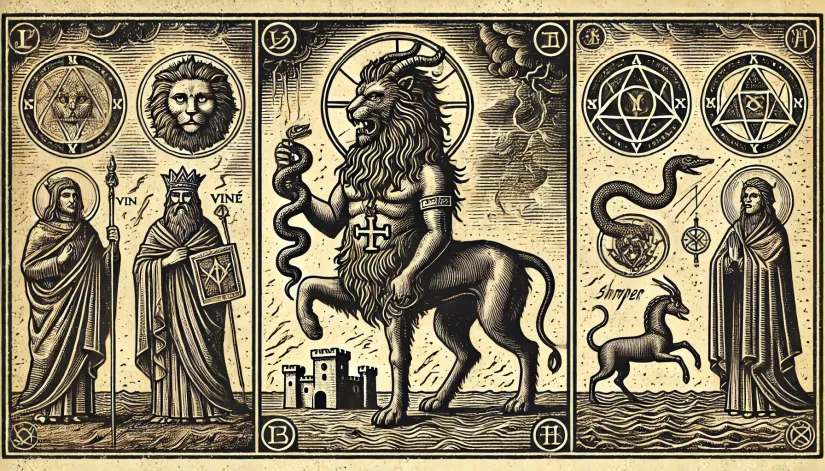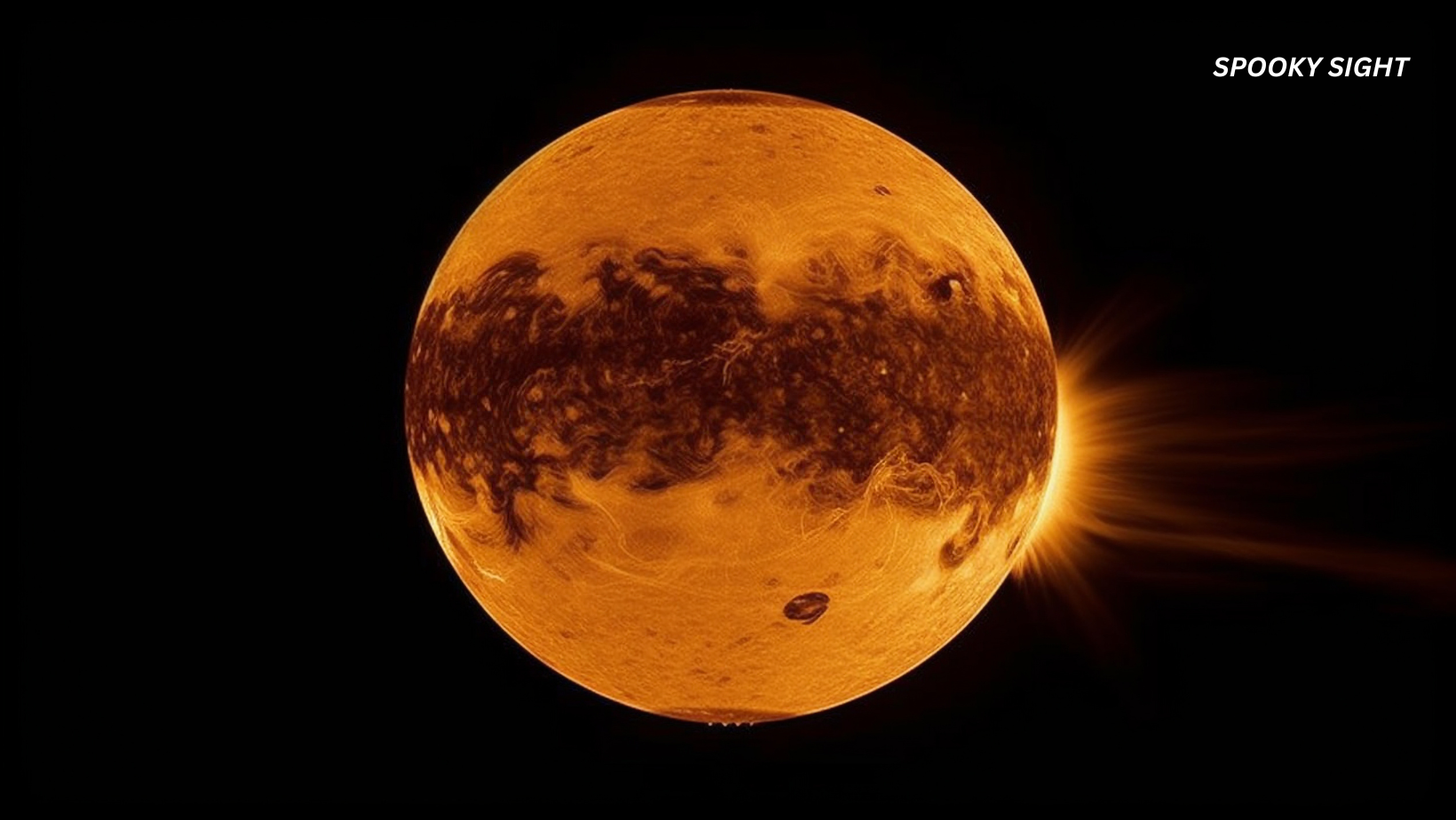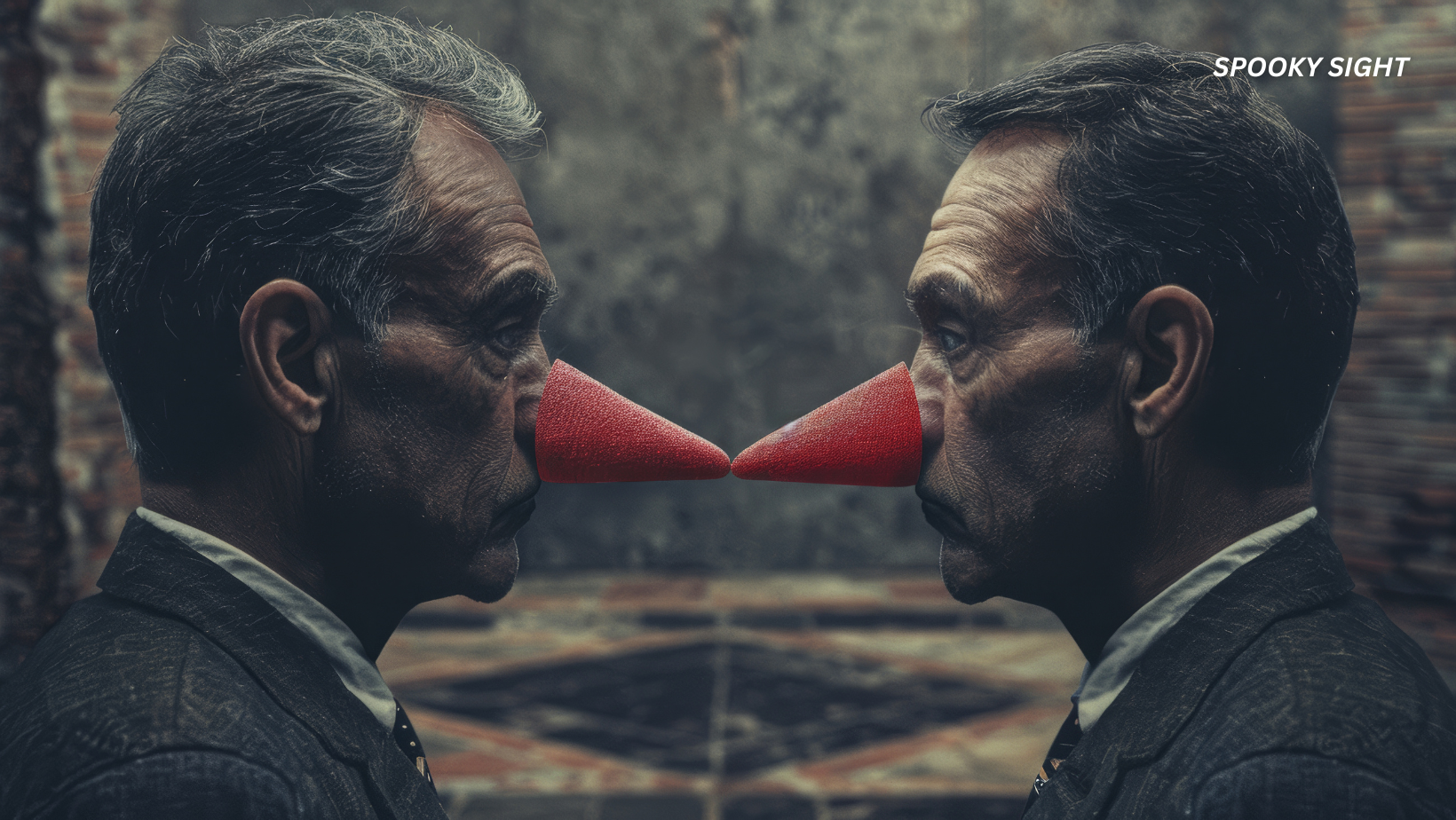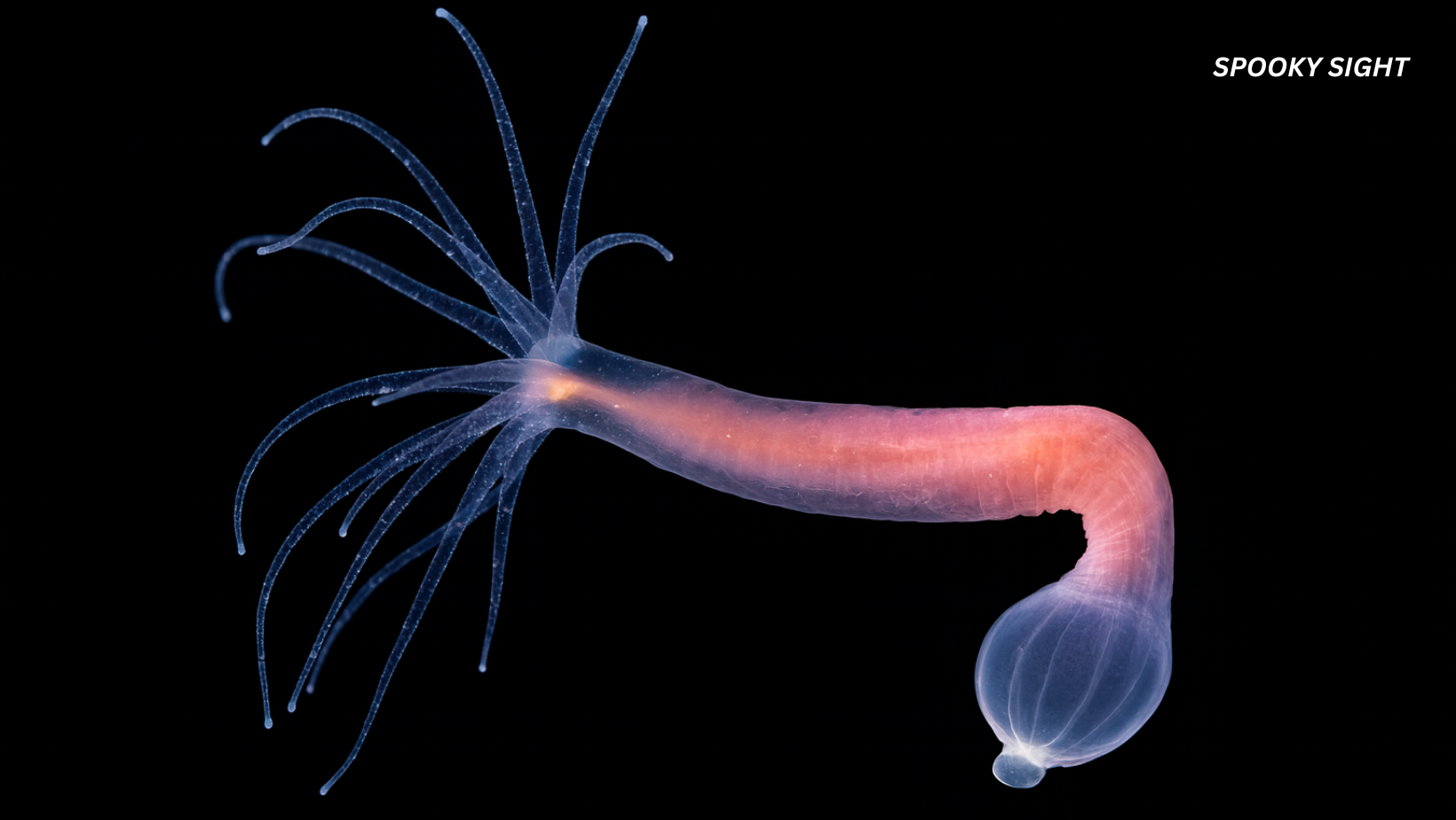Have you ever heard of the demon Viné? Well, don’t sweat it if you haven’t. Most haven’t. But believe it or not, Viné is one of the most powerful demons in Hell—at least according to the hierarchy laid out in some of the most important grimoires (like the “Ars Goetia”).
Viné is both a King and an Earl of Hell. He commands 36 legions of demons and is feared for his ruthlessness and vengeful nature. He appears with striking imagery—sometimes as a lion, sometimes riding a black horse, and sometimes even in the form of a viper.
In this article:

Etymology
Based on my research, I was able to trace Viné’s name back to ancient Ugaritic mythology, linking him to agricultural symbolism.
According to the “Dictionary of Deities and Demons in the Bible“ (written by Karel van der Toorn, Bob Becking, and Pieter W. van der Horst in 1999), the Ugaritic word “gpn” translates to “vine” or “vineyard,” representing the divine name Gapnu. The term pairs closely with “ugr,” meaning “field,” as mentioned in the “Keilalphabetische Texte aus Ugarit” (KTU).
Scholar Harold Louis Ginsberg suggested that Gapnu and Ugar were two ancient deities serving Baal (the powerful Ugaritic storm god).
Gapnu was associated with vineyards, fertility, and abundance. On the other hand, Ugar was linked to fields and agriculture.
This subtle link to agriculture suggests that Viné may have ancient ties to fertility, abundance, and the land—an aspect often overlooked in demonology. Hence, his name may reflect these origins.
It’s also possible that, just like with Baal, early Christians transformed Viné from a benevolent deity into a grotesque demon. Why did they do that? Because they wanted to erase all ancient gods. And what better way to destroy a beloved deity than to morph it into something monstrous and repulsive?

Who is the Demon Viné?
Viné’s name is mentioned in several key demonological texts. Interestingly, these texts don’t really agree on what exactly the demon represents. So, each book (or manuscript) provides its own unique take on who he is and what he symbolizes.
For instance, in “The Lesser Key of Solomon,” he is a powerful, high-rank entity—a King and an Earl of Hell. He can reveal hidden knowledge and understand the mysteries of the natural world.
| Attribute | Details |
|---|---|
| Aliases | Vinea |
| Titles | King and Earl of Hell |
| Race | Demon |
| Pantheon | Goetic Demonology (possible Ugaritic roots as Gapnu) |
| Personifies | Divination, protection, witch detection, storm manipulation, animal and army control |
| Appearance | Lion riding a black horse, holding a viper |
| Abilities | Animal imitation, army manipulation, authority over realms, dark power, and esoteric abilities |
| Equipment | Not specified in sources |
| Associated Elements | Water; plants like mallow |
| Gem/Crystal | Topaz, Ruby (optional in occult practices) |
| Associated Figures | Baal (as a fellow King of Hell), Lucifer, other Kings of Hell |
| Astrological Influence | Scorpio; strongest influence on certain days (Sunday, Tuesday) |
| Summoning Requirements | Sigil, protective setup, frankincense, candles, enn chant for invocation |
| Affiliations | Commands 36 legions of demons; among Nine Kings of Hell |
| Alignment | Neutral or Chaotic, depending on summoning context |
| Historical Mentions | The Lesser Key of Solomon, Pseudomonarchia Daemonum, Dictionnaire Infernal |
In “Pseudomonarchia Daemonum,” Johann Weyer writes:
“Vine is a great king and an earle, he showeth himselfe as a lion, riding on a blacke horsse, and carrieth a viper in his hand, he gladlie buildeth large towres, he throweth downe stone walles, and maketh waters rough. At the commandement of the exorcist he answereth of things hidden, of witches, and of things present, past, and to come.”
In his “Dictionnaire Infernal,” Collin de Plancy provides a similar description with slight differences:
“Vine is a Great King and Count on the Infernal Court. He shows himself as a furious lion, riding a black horse, and carrying a viper in his hand. He builds houses, swells rivers, and knows the past. Nineteen legions obey him.”
Finally, in “The Lesser Key of Solomon,” S. L. MacGregor Mathers adds:
“The Forty-fifth Spirit is Vine, or Vinea. He is a Great King, and an Earl; and appeareth in the Form of a Lion, riding upon a Black Horse, and bearing a Viper in his hand. His Office is to discover Things Hidden, Witches, Wizards, and Things Present, Past, and to Come. He, at the command of the Exorcist will build Towers, overthrow Great Stone Walls, and make the Waters rough with Storms. He governeth 36 Legions of Spirits. And his Seal is this, which wear thou, as aforesaid.”
So, as you can see across all these texts, Viné’s role as a commander of great authority is consistent. Even if nuances vary a bit.

What Does Viné Look Like?
The demon often appears as a lion, sometimes riding a black horse, and carrying a viper.
The lion form represents courage and strength—qualities fitting for a King. The black horse signifies power, movement, and freedom through chaos. The viper embodies cunning and hidden danger.
Viné’s Rank in the Hierarchy of Hell
Viné ranks among the Nine Kings of Hell (Asmodeus, Bael, Beleth, Purson, Paimon, Balam, Zagan, and Belial)—each of whom wields immense authority. He commands 36 legions.
Each King rules a domain within Hell, marking them as some of the most powerful entities in the infernal realms.
Asmodeus is known for his wrath, Bael for invisibility, and Paimon for his vast knowledge. Viné’s unique blend of authority, destructive prowess, and divinatory power makes him a versatile and potent force among these infernal leaders.
Powers and Abilities
Viné’s powers are formidable, and they cover a broad spectrum. Let’s break them down:
Divination
Divination is the first notable power Viné has. The demon can reveal hidden truths. He offers insights into the past, present, and future. He specializes in uncovering lost knowledge when traditional means fail.
According to grimoires, Viné has guided practitioners to find hidden treasures or gain crucial information for centuries.
Compared to other demons (like Balam, who also has divinatory skills), Viné focuses more on unveiling secrets related to natural and mystical realms. On the other hand, Balam’s visions are often hidden in riddles.
Viné’s divination powers contrast directly with angelic powers of revelation, which illuminate divine truths rather than hidden knowledge.

Witch Detection
This is a bit of a weird one. According to demonology, Viné can locate witches, sorcerers, or those with supernatural abilities.
Interestingly, the demon’s power to find those with alleged supernatural abilities contrasts sharply with the angelic protection offered by angels, who shield the innocent from persecution. And, as the witch trials in Europe and the United States showed us, the women hunted and executed for witchcraft were innocent.
In Hell’s hierarchy, demons like Viné and Beleth share roles in detecting those who possess magical abilities. However, while Beleth focuses on seducing or binding such individuals, Viné’s detection power often leans towards discovery and exposure.
Weather Control & Manipulation
Viné is believed to have control over the elements—especially storms and turbulent waters. This ability, described in demonological texts, symbolizes his connection to wild, untamed forces.
It’s also worth mentioning that his power mirrors that of Agares (another demon known for causing earthquakes and commanding winds). However, Agares uses his elemental influence primarily to intimidate.
Viné’s weather control powers starkly contrast with the divine weather guardianship associated with angels (like Raphael), who ensure calm seas and safe travels for those under their protection.
Instead of fostering order, the demon’s influence represents disorder and the destructive aspects of nature.
Building and Destruction
As one of the Nine Kings of Hell, Viné can build strongholds and tear down walls. What does that mean? He commands both stability and chaos. But it could also mean that the demon (who commands many legions) is in a permanent struggle and conflict with other high-ranking demons.
In contrast with the peaceful and serene Kingdom of Heaven, Hell is a place of permanent conflict where demons fight for dominance.
Viné’s ability to construct mighty fortresses and destroy his enemy’s fortifications means he can protect his dominion and break through enemy lines.
But could this power also extend into our world? Maybe it symbolizes the tearing down of obstacles, both physical and metaphorical, that people encounter.
This power highlights the constant struggle between divine and infernal forces. Angels bless and protect sacred structures, working tirelessly to maintain order and sanctity. Meanwhile, Viné’s destructive abilities strive to tear down these sacred protections.
Animal Companionship and Imitation
According to demonology, Viné can metamorph and form bonds with animals, sharing their traits—speed, agility, and resilience. He is often presented as a lion or a viper.
Compared to Buer (a Great President of Hell), who provides knowledge of natural philosophy and medicinal practices often symbolized by animals, Viné’s connection is more primal. It’s all about raw, untamed power.
Dark and Esoteric Power
Viné taps into dark, primordial forces, drawing energy tied to cosmic balance. His “enn” (Eyesta nas Vine ca laris) is a gateway during summoning or meditation, allowing practitioners to harness his dark influence.
SpookySight note:
In demonology, an enn is a phrase or chant used during rituals to focus energy and help summon a specific demon or establish a connection with it during meditation. The exact translation or meaning of these words is largely unknown, as enns are typically considered sacred or secret phrases without literal translation.
This dark power directly opposes divine light. Where angels offer enlightenment and grace, Viné draws power from shadows, embracing chaos and revealing forbidden truths.







